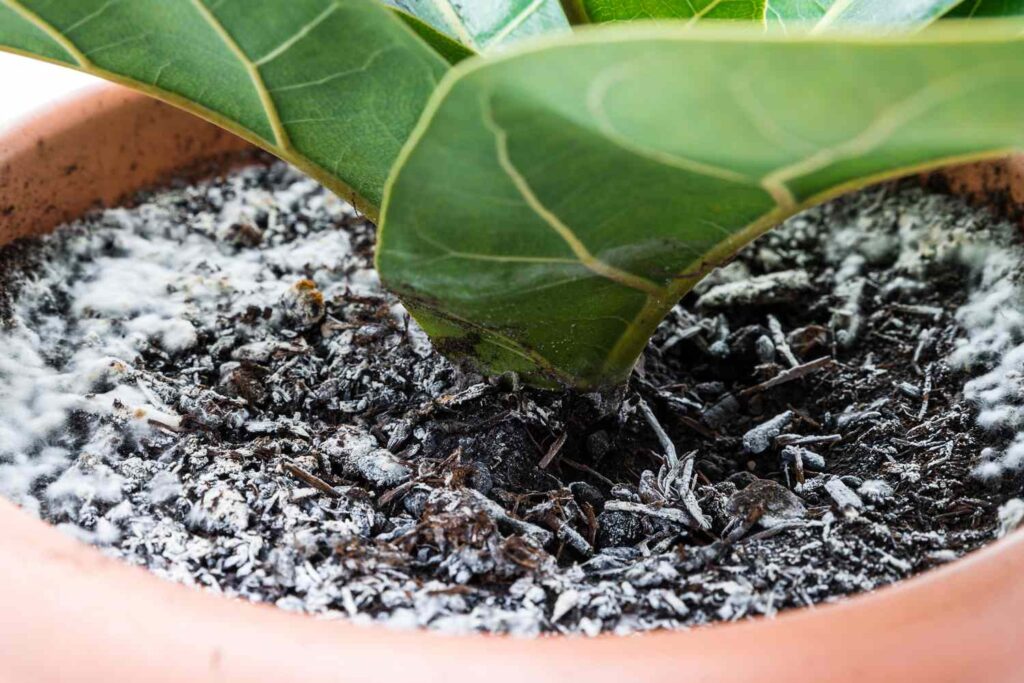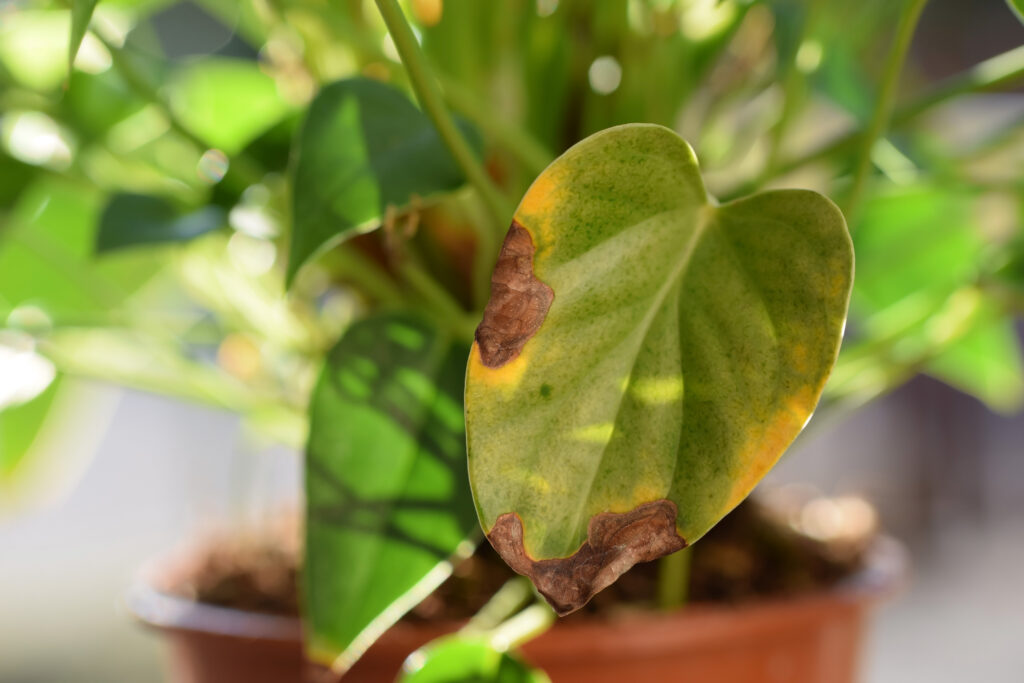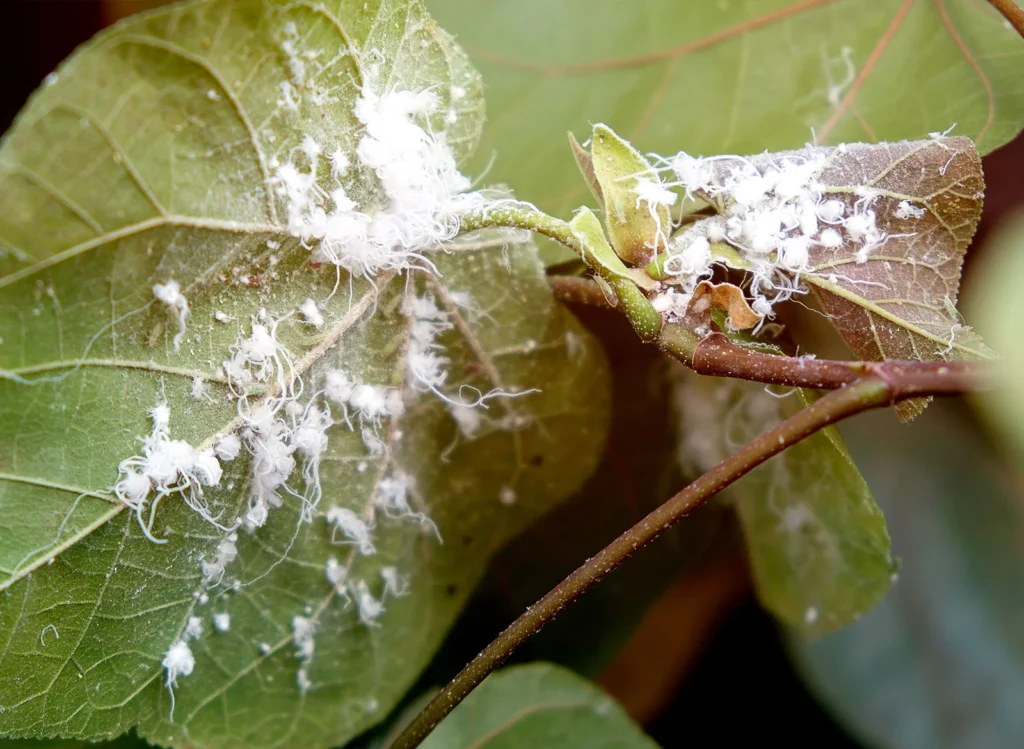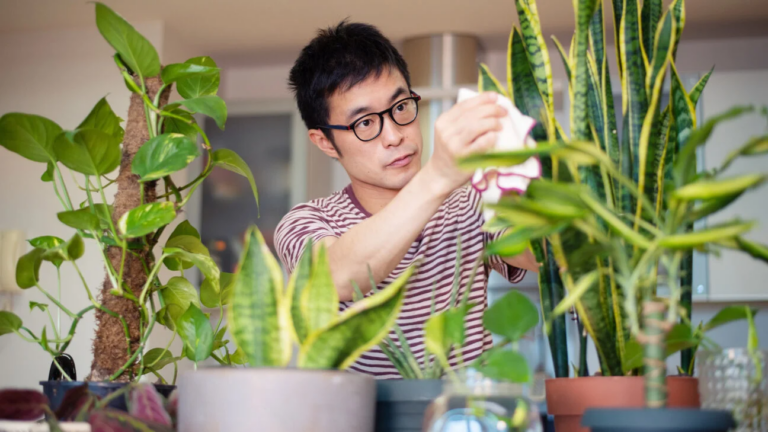Contents
Introduction
If you’re an indoor gardener, you know that keeping your plants healthy can sometimes feel like a never-ending battle. From brightening up your home to purifying the air, indoor plants offer countless benefits. But when things go wrong, it can be frustrating to figure out what’s causing the trouble and how to fix it. One of the most common issues? Plant diseases.
Indoor plants are susceptible to a variety of diseases, many of which are caused by environmental factors, pests, or improper care. These diseases can range from fungal infections that create white powdery spots on your plants to tiny pests that suck the life out of them. Understanding and addressing these issues promptly is key to keeping your plants thriving.
In this guide, we’ll walk you through the top seven indoor plant diseases you’ll likely encounter and show you how to tackle them head-on. Whether you’re dealing with powdery mildew, root rot, or pesky pests like spider mites and aphids, we’ve got you covered. We’ll break down each disease in simple terms, explain what causes it, and provide easy-to-follow steps for prevention and treatment.
By the end of this guide, you’ll have the knowledge you need to keep your indoor garden healthy and vibrant. Let’s dive into the world of indoor plant diseases and discover how you can keep your green friends happy and thriving!
Powdery Mildew
Powdery mildew is one of those plant problems that can sneak up on you and quickly spread if you’re not careful. If you’ve ever noticed your indoor plants sporting white, powdery spots on their leaves or stems, you’ve likely encountered powdery mildew. It can look like someone dusted your plants with flour, but it’s actually a fungal infection that thrives in certain conditions.

So, what’s behind this pesky problem? Powdery mildew loves high humidity and poor air circulation. If your plants are crowded together or if there’s not enough airflow around them, you’re setting the stage for this fungus to flourish. Overwatering can also create the damp conditions that powdery mildew craves.
But don’t worry! There are simple ways to prevent and treat powdery mildew, and it’s easier than you might think. To keep this fungal foe at bay, make sure your plants have plenty of space to breathe and that your indoor environment isn’t too humid. Improving ventilation and spacing out your plants can make a big difference.
If you do spot powdery mildew, here’s what you can do: First, remove and discard any affected leaves or stems to prevent the fungus from spreading. Then, treat the remaining plant with fungicides or natural remedies like a baking soda solution. Also, check your watering habits—plants should be watered at the base, not from above, to keep the foliage dry and less inviting for mildew.
By staying vigilant and making a few adjustments, you can keep powdery mildew out of your indoor garden and ensure your plants stay healthy and happy.
Root Rot
Root rot is a sneaky troublemaker that can quietly destroy your indoor plants from the ground up. If your plant’s roots are turning brown, mushy, and giving off a nasty smell, you might be dealing with root rot. This issue usually shows up as wilting leaves, yellowing, or stunted growth—signs that your plant isn’t getting the nutrients it needs because its roots are struggling.
So, what causes root rot? It’s mostly about too much moisture. When you overwater your plants or if your pot doesn’t have good drainage, the soil becomes soggy. This damp environment is a perfect breeding ground for root-rotting fungi. Infected soil or pots can also contribute to the problem.
But don’t panic! There are straightforward ways to prevent and treat root rot. To avoid this issue, make sure you’re using well-draining soil and pots with drainage holes. Water your plants only when the top layer of soil is dry to the touch—overwatering is a common culprit.
If you catch root rot early, you can often save your plant. Start by carefully removing it from the pot and trimming away the affected, mushy roots. Repot your plant in fresh, well-draining soil and make sure the new pot has good drainage. Adjust your watering habits and make sure you’re not creating a soggy environment that encourages rot.
With these steps, you can help your plant bounce back and thrive, keeping root rot from becoming a recurring problem in your indoor garden.
Spider Mites
Spider mites are tiny pests that can cause big problems for your indoor plants. These little critters are so small you might need a magnifying glass to see them, but their impact is anything but minor. If you notice fine webbing on your plant’s leaves or see stippling—tiny, pale spots on the leaves—spider mites could be the culprits.
So, what makes spider mites such a nuisance? They thrive in dry, dusty conditions with poor air circulation. If your indoor environment is too dry or if there’s not enough airflow around your plants, you’re giving spider mites a cozy home. They feed on plant sap, which can weaken your plants and stunt their growth.
Fortunately, dealing with spider mites is manageable with a few easy steps. To prevent these pests, keep the humidity levels in check and make sure your plants have good air circulation. Regularly inspect your plants for any signs of these tiny invaders, especially if you notice the symptoms mentioned.
If spider mites have already invaded, here’s what to do: Start by washing the affected leaves with a strong stream of water to knock off the mites. You can also use insecticidal soap or a miticide for more severe infestations. Another effective strategy is to introduce beneficial insects like predatory mites, which feed on spider mites and can help control their numbers.
By staying on top of spider mite prevention and treatment, you can keep your indoor plants healthy and free from these pesky pests.
Leaf Spot
Leaf spot is one of those plant issues that can be a real headache for indoor gardeners. If you’ve noticed dark, irregular spots with yellow halos on your plant’s leaves, you’re likely dealing with leaf spot. This condition can cause your plant’s leaves to drop off and may even lead to stunted growth if not addressed.

What causes leaf spot? Usually, it’s a result of fungal or bacterial infections. These infections often start when plants are watered from above, causing moisture to sit on the leaves. Poor air circulation and overcrowding can also create the perfect environment for these pathogens to spread.
But don’t worry—leaf spot is manageable with some simple care. To prevent leaf spot, avoid overhead watering and make sure to water plants at the base. This helps keep the leaves dry and less susceptible to infection. Also, ensure your plants have good air circulation by not overcrowding them.
If you spot leaf spot on your plants, here’s how to handle it: Start by removing and disposing of any infected leaves to stop the spread. Next, apply the right fungicides or bactericides to treat the remaining plant. Finally, adjust your watering practices and improve plant spacing to prevent future outbreaks.
With these tips, you can keep your plants healthy and free from leaf spot, ensuring they continue to thrive and look their best.
Aphids
Aphids are tiny, soft-bodied insects that can cause big problems for your indoor plants. These little bugs might be small, but they can do a lot of damage by sucking the sap from your plants, which weakens them and can cause distorted growth. You might also notice a sticky residue on your plants, which is actually honeydew—a byproduct of their feeding.
So, what brings these pests into your indoor garden? Aphids love to hang out on plants that are stressed or unhealthy, and they’re often attracted by the presence of ants that farm them for their honeydew. A lack of proper care and maintenance can make your plants more inviting to these pests.
But don’t let aphids get you down! There are straightforward ways to prevent and get rid of them. To keep aphids away, regularly check your plants and make sure they’re in good health. Also, if you spot ants around your plants, take steps to remove them, as they often protect aphids.
If aphids have already made themselves at home, here’s what to do: Start by removing aphids by hand or washing them off with a gentle stream of water. You can also use insecticidal soap to get rid of them. For severe infestations, neem oil or other insecticides can be effective. Additionally, introducing natural predators like ladybugs, which feed on aphids, can help keep their numbers in check.
With these strategies, you can keep your indoor plants aphid-free and ensure they stay healthy and vibrant.
Mealybugs
Mealybugs are sneaky little pests that can really mess with your indoor plants. If you’ve spotted white, cottony masses on your plants, you’re probably dealing with mealybugs. These bugs are not just unsightly—they can also weaken your plants by feeding on their sap, leading to stunted growth and even leaf drop.

So, why do mealybugs choose your plants? They tend to thrive in environments with high humidity and poor plant hygiene. If your plants are stressed or if there’s a lot of moisture around, mealybugs find these conditions perfect for multiplying. They also often hitch a ride on other infested plants.
Don’t worry, though—mealybugs can be controlled with some simple steps. To prevent them, regularly inspect your plants for any signs of infestation and keep your indoor garden clean. Avoid letting humidity levels get too high, as mealybugs like these conditions.
If you find mealybugs on your plants, here’s what you can do: Start by removing them manually using a cotton swab dipped in rubbing alcohol. This can help get rid of them without harming your plants. For a more severe infestation, you can use insecticidal soap or neem oil. Another effective method is to introduce natural predators, such as parasitic wasps, which feed on mealybugs.
By staying on top of mealybug prevention and treatment, you can keep your indoor plants healthy and free from these bothersome pests.
Black Mold
Black mold on indoor plants is a concerning sight and can signal bigger issues in your indoor garden. If you see dark, fuzzy patches of mold on your plant’s leaves or soil, it’s likely black mold. This mold can lead to decreased plant growth and might even cause other fungal infections if left unchecked.
So, what’s causing this black mold? It typically thrives in conditions with high humidity and poor air circulation. Overwatering your plants can also contribute to the problem, as damp conditions create a perfect environment for mold to grow.
But don’t stress—there are straightforward ways to deal with black mold. To prevent it, ensure that your plants are in a well-ventilated area and avoid letting humidity levels get too high. Use pots with drainage holes and only water your plants when the soil is dry to the touch.
If black mold has already appeared, here’s how to tackle it: Start by removing any affected plant parts and cleaning the moldy areas. You can use antifungal treatments or natural remedies like a vinegar solution to help clear up the mold. Also, adjust your environment to prevent it from coming back—improve air circulation and manage humidity levels carefully.
With these simple steps, you can keep black mold from taking over your indoor garden and ensure your plants stay healthy and happy.
Conclusion
Managing indoor plant diseases might seem like a daunting task, but with the right knowledge and tools, you can keep your green friends healthy and thriving. Throughout this guide, we’ve covered some of the most common indoor plant issues—like powdery mildew, root rot, spider mites, leaf spot, aphids, mealybugs, and black mold. Each of these problems can be tackled with a bit of care and attention.
By understanding the causes and symptoms of these plant diseases, you’re better equipped to spot problems early and take action before they become serious. Whether it’s improving air circulation to prevent powdery mildew, adjusting your watering habits to avoid root rot, or keeping an eye out for pests like aphids and mealybugs, proactive care is key.
Remember, maintaining a healthy indoor garden is about more than just reacting to problems; it’s also about creating an environment that prevents them in the first place. Regular plant inspections, proper watering, and good air circulation can go a long way in keeping your plants in top shape.
So, stay vigilant and take action when needed. Your plants will thank you with vibrant growth and beautiful foliage. And if you ever feel unsure or overwhelmed, don’t hesitate to seek out professional advice. Happy gardening!



